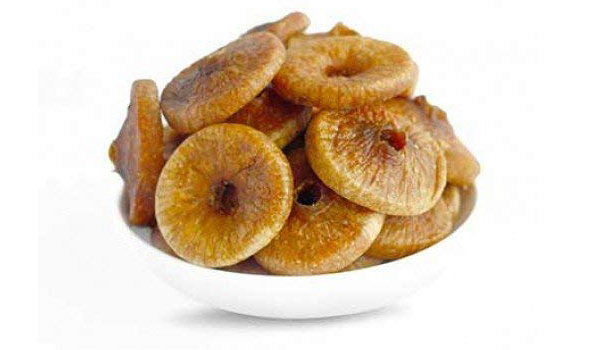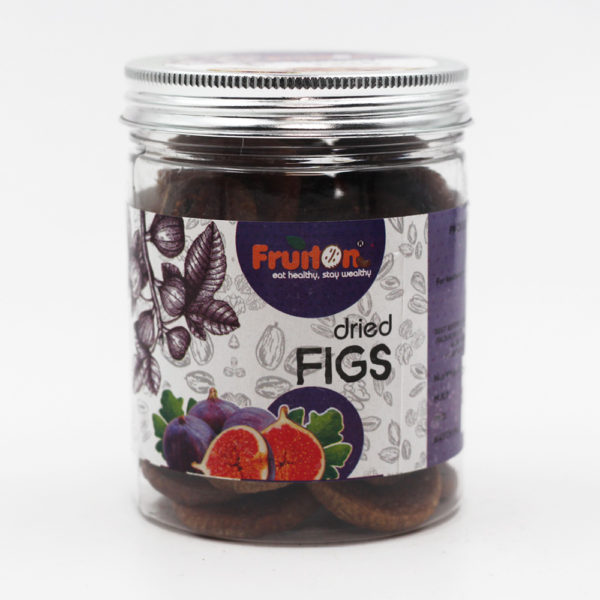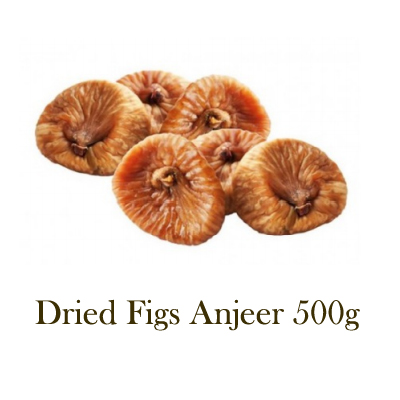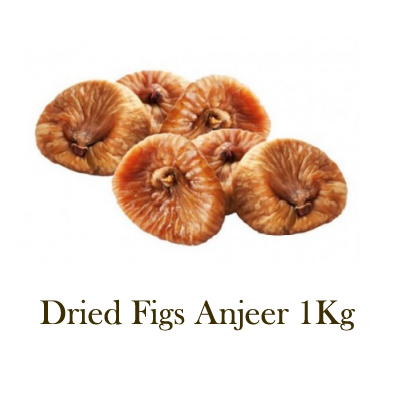Find best Anjeer (Figs) Suppliers for all your bulk order needs
We connect buyers to top Anjeer (Figs) Suppliers, helping both find the right match for their needs.

Browse Anjeer (Figs) products at wholesale price from the best Anjeer (Figs) suppliers
Looking for a supplier of Anjeer (Figs) at wholesale prices? Look no further! Post your requirements and get best deals on Anjeer (Figs) for your business from multiple Anjeer (Figs) suppliers.
Top Quality Organic Dry Fig
Price : Rs 400 / Piece
S.R.S TRADERS DRY FRUITS & NUTS
27-B, Sayakara Lane, Chitrakara Street, Madurai, Tamil Nadu, 625001, India
Afghani Figs
Nehashi International Exporter
Groud floor, Near Metro mart, Biscomaun Colony, Bajrangpuri, , Patna, Bihar, 800007, India
A Grade Organic Anjeer (Dry Figs)
Royal green appartment y-103, Koshal chowk, Balangir, Odisha, 767001, India
Dried Figs Anjeer 500g
Price : Rs 480 / Piece
4/131 Gandhipuram, Gandhinagar, Udumalaipettai, Tamil Nadu, 642154, India
Dried Figs Anjeer 1Kg
Price : Rs 960 / Piece
4/131 Gandhipuram, Gandhinagar, Udumalaipettai, Tamil Nadu, 642154, India
Anjeer:
The edible fruit of the tree Ficus carica is Anjeer. It belongs to a species of small tree in the flowering plant family Moraceae.
Some facts about Anjeer:
- Anjeer is originated from the western Asia and Mediterranean.
- But, now it is widely grown both for its fruit and as an ornamental plant throughout the world.
- Fig or Anjeer plant can be a small deciduous tree or large shrub that generally grows up to 7 to 10 m (23–33 ft) tall, with smooth white bark.
- The fruit is a type of multiple fruit that is referred to as syconium. Usually, it is is tear shaped with a green skin that may become purple or brown when ripened. It has sweet soft reddish flesh that contain numerous crunchy seeds.
- Anjeer is usually 3 to 5 cm or 1 to 2 inch long.
- The milky sap of the green parts acts as an irritant to human skin.
- Fresh figs are in season from late summer to early autumn in the Northern Hemisphere.
- Anjeer plant can tolerate moderate seasonal frost and can be grown in hot-summer continental climates.
- Anjeer or figs can be eaten both fresh or dried.
- Jam, rolls, biscuits and other types of desserts can be made by using Anjeer.
- Most commercial production is in dried and processed forms since ripe fruit can not be transported and and once picked does not keep well..
- Around 80 percent water, 20 percent carbohydrates, along with negligible protein, fat and micronutrient content are there in raw figs.
- Figs are a moderate source of dietary fiber.
- Figs have a carbohydrate content of 64 percent, protein content of 3 percent, and fat content of one percent when dehydrated to 30 percent water.
- Approx 1,041 kJ (249 kcal) of food energy can be provided in a serving of 100 gram.
- Dried figs contain high dietary fiber and the essential mineral manganese.
- Calcium, magnesium, potassium, iron and vitamin K are also present in moderate amounts.
- Various concentrations of anthocyanins, with cyanidin-3-O-rutinoside having particularly high content in Anjeer is responsible for the variation in its color between cultivars.
- The milky sap of this plant was used in some old Mediterranean folk practices to remove warts, soften calluses, and deter parasites.
- Contact with the milky sap of the tree with exposure to ultraviolet light can cause phytophotodermatitis, which is a potentially serious skin inflammation.
- The essential oil extracted from anjeer leaves contains more than 10 percent psoralen, which is the highest concentration of any organic compound isolated from fig leaves.
- Fresh figs that are soft and plump without splits or bruising should be used in cooking .
- The figs have become over-ripe if they smell sour.
- Figs that are slightly under-ripe can be kept for 1 to 2 days at room temperature to ripen before serving.
Types of Edible Figs:
There are three types of edible figs including:
Persistent (or common) figs:
- Persistent figs have all female flowers and pollination is not required for fruiting.
- The fruit can be developed through parthenocarpic means.
- This is a popular horticulture fig particularly for home gardeners.
- Some of the representative cultivars are Black Mission, Dottato (Kadota), Brown Turkey, Brunswick, and Celeste.
Caducous (or Smyrna) figs:
- Cross pollination by the fig wasp with pollen from caprifigs is required for the fruit to mature for Caducous (or Smyrna) figs.
- The immature fruits drop if not pollinated.
- Marabout, Inchàrio, and Zidi are some of the examples of cultivars.
Intermediate (or San Pedro) figs:
- Intermediate (or San Pedro) figs need pollination for the later main crop although they set an unpollinated breba crop.
- Lampeira, King, and San Pedro are some of the examples of cultivars.





